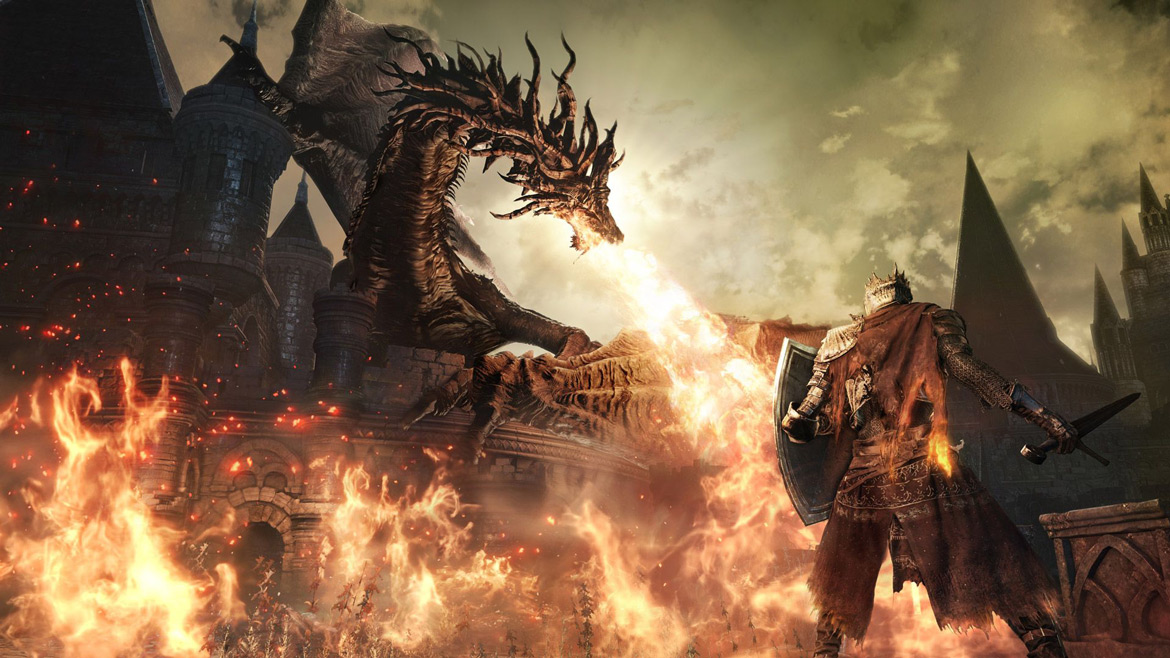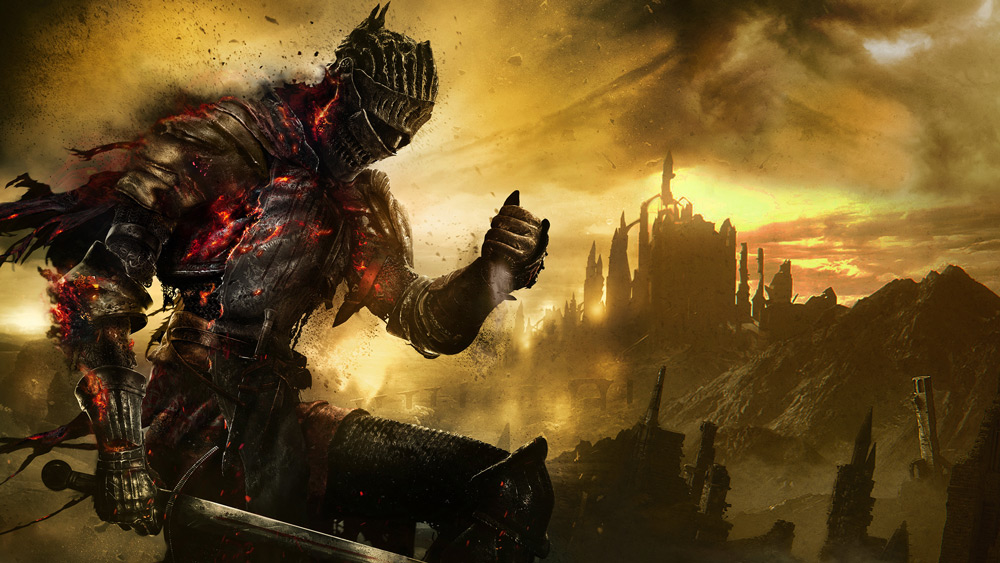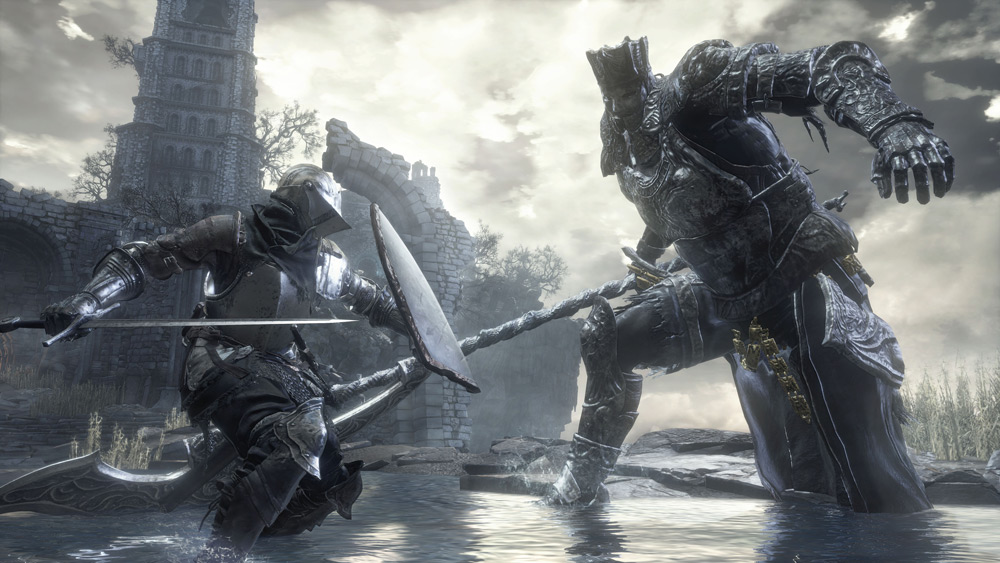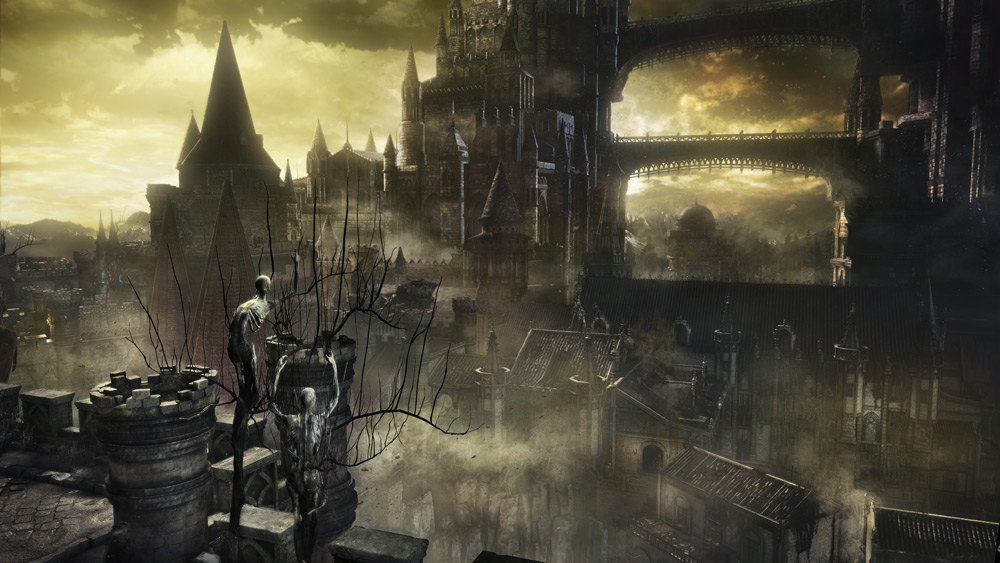TL;DR
Dive into the brutal beauty of Dark Souls III, a modern masterpiece that channels the spirit of classic NES challenges. Expect to die, learn patterns, and triumph through sheer perseverance. This visually stunning, epic fantasy RPG offers no easy mode, demanding your full attention and dedication. If you crave rewarding difficulty and a deep, dark world, this game delivers an unforgettable experience. Ready to conquer the seemingly impossible? Find out if Dark Souls III is your next obsession!
There is a unique appeal to playing challenging games. And when we say challenging, we refer to games of significant difficulty, reminiscent of the NES era. These are games that demand mastery through repeated attempts, requiring players to learn enemy patterns and exploit vulnerabilities. The original Castlevania exemplified this design. Playing it today, a first playthrough could easily take 10-15 hours to complete, as the game’s mechanics and enemy placements must be thoroughly understood. Once mastered, the game can be completed in approximately 20 minutes.
Dark Souls III, while significantly more advanced, visually impressive, and expansive, retains a similar learning curve and overall experience. While initial tutorials provide basic controller mapping, players are quickly thrust into their first boss encounter within the opening minutes. Expect to die multiple times – potentially 4-5 times per boss form – especially if you’re new to the Dark Souls series.
This third installment in the Dark Souls saga delivers stunning visuals, both in its cinematics and core gameplay. A palpable sense of epic scale, dramatic tension, and authentic dark fantasy is present throughout, with a remarkably consistent frame rate maintained on the PS4 platform. Boss encounters are monumental, and often appear in unexpected locations, encouraging exploration. The game presents a demanding experience, requiring dedication and perseverance. Aside from online resources, players are provided with minimal assistance; no difficulty settings are available, and challenging sequences cannot be skipped. Success hinges on learning and adapting through repeated attempts. Newcomers to the Dark Souls franchise should be prepared for a steep difficulty curve and the absence of any “easy mode” functionality. This is hardcore gaming at its core.
Despite the demanding gameplay, the experience is ultimately rewarding. Dark Souls III distinguishes itself as a visual masterpiece and arguably features the strongest narrative in the series. While the control scheme isn’t flawless, it’s sufficiently responsive to avoid hindering the player’s progress. With patience and a willingness to adopt an “old school” approach – observing, learning, and experimenting with different strategies – players will discover a wealth of content. However, considerable effort is required, especially for those unfamiliar with the game’s level of difficulty. Players who identify as “casual” gamers, who prioritize narrative over challenge, should exercise caution when considering Dark Souls III, Bloodborne, or Miyazaki’s earlier title, Demon Souls. These games cater to players who embrace demanding gameplay. As the saying goes, the greater the challenge, the greater the reward. However, it’s becoming evident that the Dark Souls series is beginning to show signs of repetition, despite graphical enhancements. Miyazaki may need to explore new concepts for future titles. Whatever direction he chooses, it will likely present a significant challenge.




